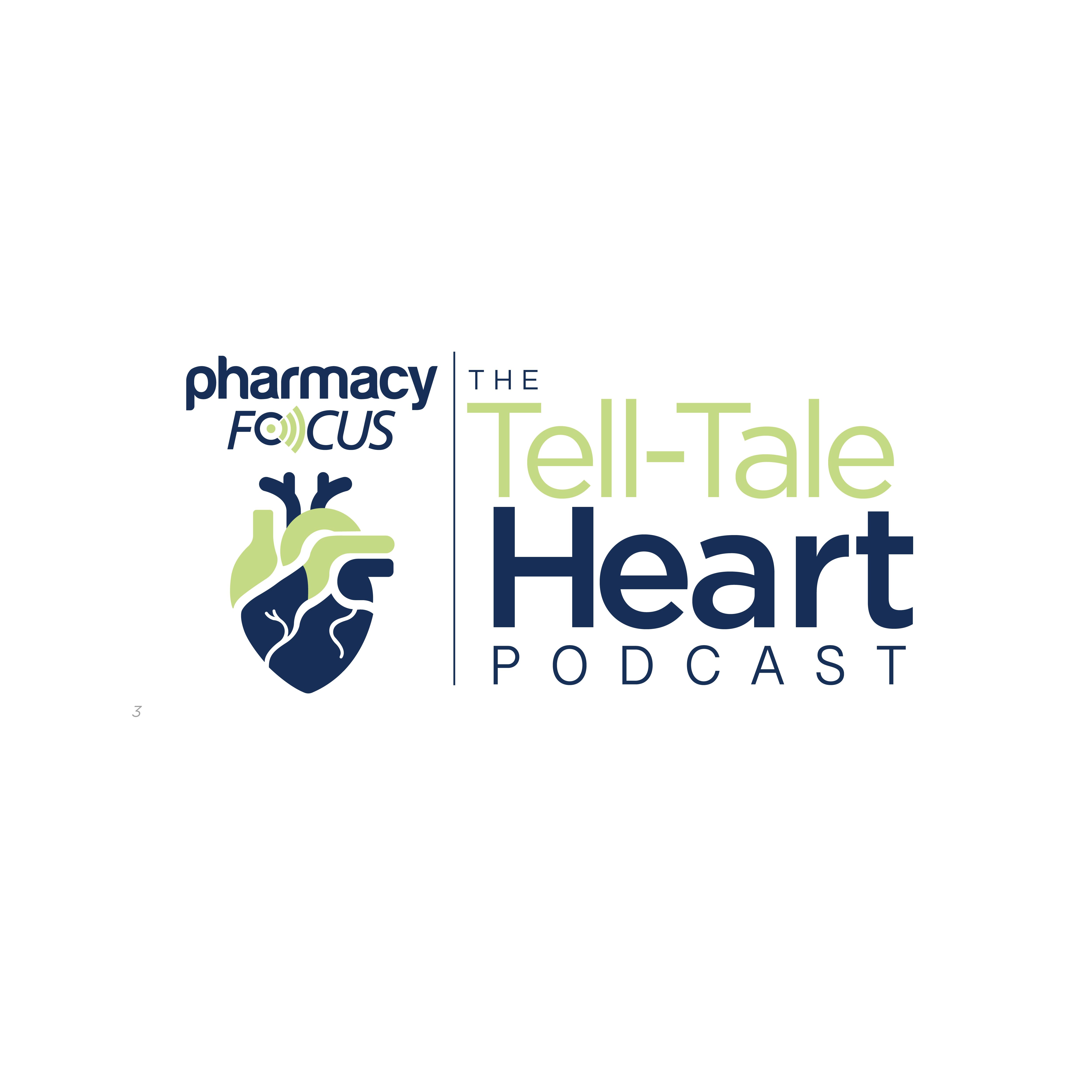News
Article
FDA Approves Immunoglobulin Formulation With Low IgA Content for Primary Immunodeficiency
Author(s):
Key Takeaways
- Gammagard Liquid ERC offers subcutaneous or intravenous administration, enhancing flexibility for PI patients and reducing treatment burdens.
- Takeda will discontinue Gammagard S/D by December 2027, transitioning to the new low IgA formulation.
The new formulation contains little immunoglobulin A, reducing possible risks associated with infusion in patients with primary immunodeficiency.
The FDA has announced the approval of Gammagard Liquid ERC (enhanced removal capability; immune globulin infusion [human]), a formulation of immunoglobulin that can be administered subcutaneously or intravenously and contains less than or equal to 2 µg/mL of immunoglobulin A (IgA) in a 10% solution, as replacement therapy for the treatment of patients aged 2 years and older with primary immunodeficiency (PI), according to a news release from Takeda Pharmaceuticals.1
Image Credit: © luchschenF - stock.adobe.com

Greater Flexibility for Patients With PI
PI can cause improper functioning of the immune system or mean that a part of the immune system is missing, causing frequent or persistent infections and unusual autoimmunity. With its ready-to-use liquid formulation—and the ability for intravenous or subcutaneous administration—Gammagard Liquid ERC is poised to reduce treatment burdens faced by patients with PI and health care providers and add much-needed flexibility to their management regimens.1
“The approval of Gammagard Liquid ERC reinforces our commitment to supporting individualized treatment approaches for people with primary immunodeficiency, including a therapeutic option that has the lowest IgA content of any ready-to-use liquid immunoglobulin therapy and can be administered intravenously or subcutaneously,” Kristina Allikmets, senior vice president and head of research and development for Takeda’s Plasma-Derived Therapies Business, said in the news release. Allikmets noted that the new immunoglobulin product utilizes the same manufacturing process as their other ready-to-use products.1
Correspondingly, Takeda announced the discontinuation of Gammagard S/D [immune globulin intravenous [human] IgA less than 1 µg/mL in a 5% solution], which was the company’s first-generation low IgA product. Gammagard S/S utilizes an older manufacturing process compared with the newly approved formulation, developed with freeze-dried preparation, which Takeda investigators feel can “no longer reliably meet the future needs of the patient community.” Takeda has informed the FDA that the manufacturing of Gammagard S/D will cease in December 2027.1
“We understand the impact that this news may have on patients who currently rely on Gammagard S/D for their treatment,” Allikmets explained. “We are communicating this information now to allow time for patients to work closely with their health care teams to develop alternative treatment plans.”1
Pharmacist Considerations
Manufacturing of Gammagard Liquid ERC is shared with Gammagard Liquid (immune globulin infusion [human]), with specific modifications to improve IgA reduction. Patients with PI may have high levels of IgA as the immune system works harder to protect the body from bacteria and viruses. Medications that treat PI, including immunosuppressants, corticosteroids, or immunoglobulins, often contain IgA and can induce higher levels, which could lead to more frequent infections, digestive issues, skin rashes, or fatigue. Critically, the new Gammagard Liquid ERC formulation is specifically designed with as little IgA as possible.1,2
Takeda investigators note that though Gammagard Liquid ERC is not specifically indicated for IgA sensitivity in patients with PI, it could be a viable treatment option based on the judgment of their provider. Pharmacists play a critical role in evaluating a patient’s condition and their suitability for Gammagard Liquid ERC. Given the importance of IgA levels when choosing a product for treatment, pharmacists could educate patients and refer them to a laboratory to complete proper IgA assessments. Generally, pharmacists are essential players in a multidisciplinary care team for patients with PI and can counsel patients and other team members on what to expect during the infusion process and possible adverse events.1,3
According to the package insert for Gammagard Liquid ERC, it is contraindicated in patients with severe systemic hypersensitivity or anaphylactic reactions to the product. It carries further advisories regarding the risk of severe hypersensitivity reactions, including in patients who may have previously tolerated other immunoglobulin products. Monitoring these possible adverse events will be of paramount concern for pharmacists, who see patients often and are typically a patient’s first choice for emerging complications.1,3
REFERENCES
1. Takeda. Takeda Announces U.S. FDA Approval of GAMMAGARD LIQUID ERC, the Only Ready-to-Use Liquid Immunoglobulin Therapy with Low Immunoglobulin A (IgA) Content. News Release. Released June 30, 2025. Accessed July 7, 2025. https://www.takeda.com/newsroom/newsreleases/2025/gammagard-immunoglobulin/
2. Rupa Health. Reference Guide—Immunoglobulin A. Accessed July 7, 2025. https://www.rupahealth.com/biomarkers/total-iga
3. Halpern L. Administering plasma therapy requires pharmacist collaboration with specialty care team. Pharmacy Times. Published February 21, 2025. Accessed July 7, 2025. https://www.pharmacytimes.com/view/administering-plasma-therapy-requires-pharmacist-collaboration-with-specialty-care-team
Newsletter
Stay informed on drug updates, treatment guidelines, and pharmacy practice trends—subscribe to Pharmacy Times for weekly clinical insights.






